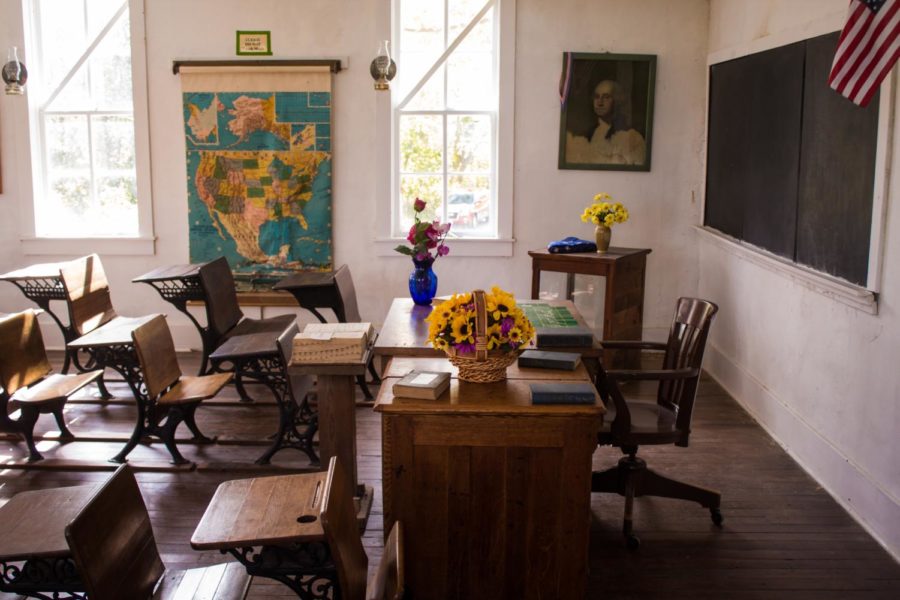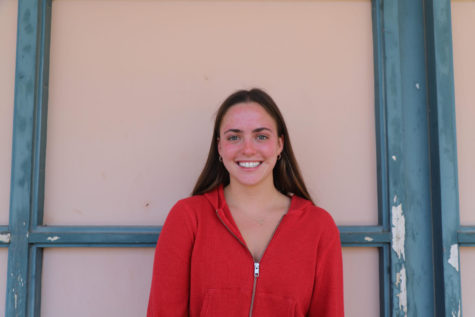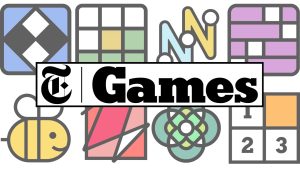Students Take Brand New AP World History Class
September 5, 2021
Students fill the empty seats composing the classroom, as Ms. Ginocchio welcomes them in. Nervous and excited, they settle in for the new Advanced Placement (AP) class, AP World History. AP World History is a new social studies course offered at Miramonte for sophomores, juniors, and seniors, and this is the first year it is available.
Ms. Ginocchio, Magistra Mullowney, and passionate history students advocated for the addition of the course. “AP Euro has a huge amount of really important concepts that we learn about economically speaking, fascism, like, there’s so many different components. It lacked that global perspective, and I wanted to push students to look at it at a deeper level on a global, global perspective. So I proposed AP world history. I knew that I had students currently that would sign up for it,” Ginocchio said.
One of the students helped form the class, “I surveyed student interest and collaborated with Ginocchio last year in order to create AP World history. So naturally, I was excited to enroll in the class!” Said Christopher Devlin. Alike, Devlin, many other students were excited too. It covers cultural, economic, and social developments from 1200 CE through the present. “The workload is substantial, with about an hour of textbook reading and required note-taking for each block, since there is so much content the course is meant to cover (all world history from 1200 to the present). “Though understanding the information is not hard, the sheer amount of information you have to remember makes the class difficult,” Chase Lenk said.
“I’m simply looking forward to learning lots of new things, since learning history is fun for me. I am excited to learn about non-western countries, since my knowledge about them has previously been relatively weak,” Delvin said. Some of the units include transoceanic interconnections, revolutions, consequences of industrialization, global conflict, the cold war and decolonization, and globalization.
Students will be tested on their understanding and knowledge of the units during the AP exam. The test is 3 hours and 15 minutes and consists of fifty-five multiple-choice questions, three short answers questions, a document-based question, and a long essay question. Regular world history is the standard social studies class required freshman year and differs from the AP course because it covers a shorter period of time and is less intense. “So there’s the AP component, but then there’s skills. These skills are like they, as you know, I’m studying an AP for an AP History class provides close reading skills, writing skills analytical skills, which will help students at any point in time, right, and in the future, so there’s skill development, but there’s also like an appreciation for the global community and the story behind each of these various regions that we are that we’re trying to bring alive in the in the fabric of AP world history, and modern, since it starts in 1200.”Ginocchio said.
For sophomores, they have the opportunity to take AP European history, law, and AP World. Juniors have the options of regular United States History, AP U.S. History, and AP World History. Seniors can choose between AP Government and Economics, regular Government and Economics, Psychology, and AP World. “I had this moment in time where we have this huge social revolution happening where there’s such a great intensity for pushing equity in the curriculum, it was like there’s my moment I seize the day. And so, I’m excited to do that deep dive all over again into the curriculum, especially from 1200 on…well, now we have a greater appreciation, as we slowly, as we slowly build the class. For the cultural, political, and economic developments around the world, and then how do they interact with each other and how do they blend and or refuse to blend it will be, it’ll be interesting to take the students through that.” Ginocchio said.
The 90-minute class flies by while discussing the history of the world in greater depth. Current students are reading, studying, and learning about events, people, politics, and geography to further understand the material by the AP exam in May.








